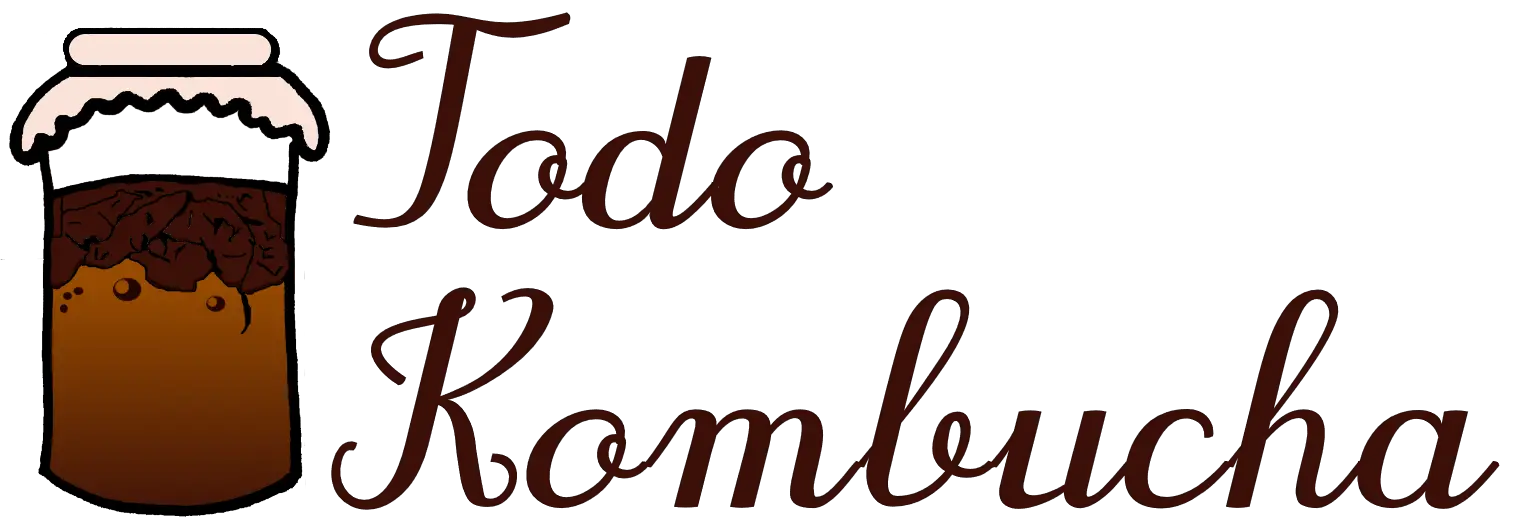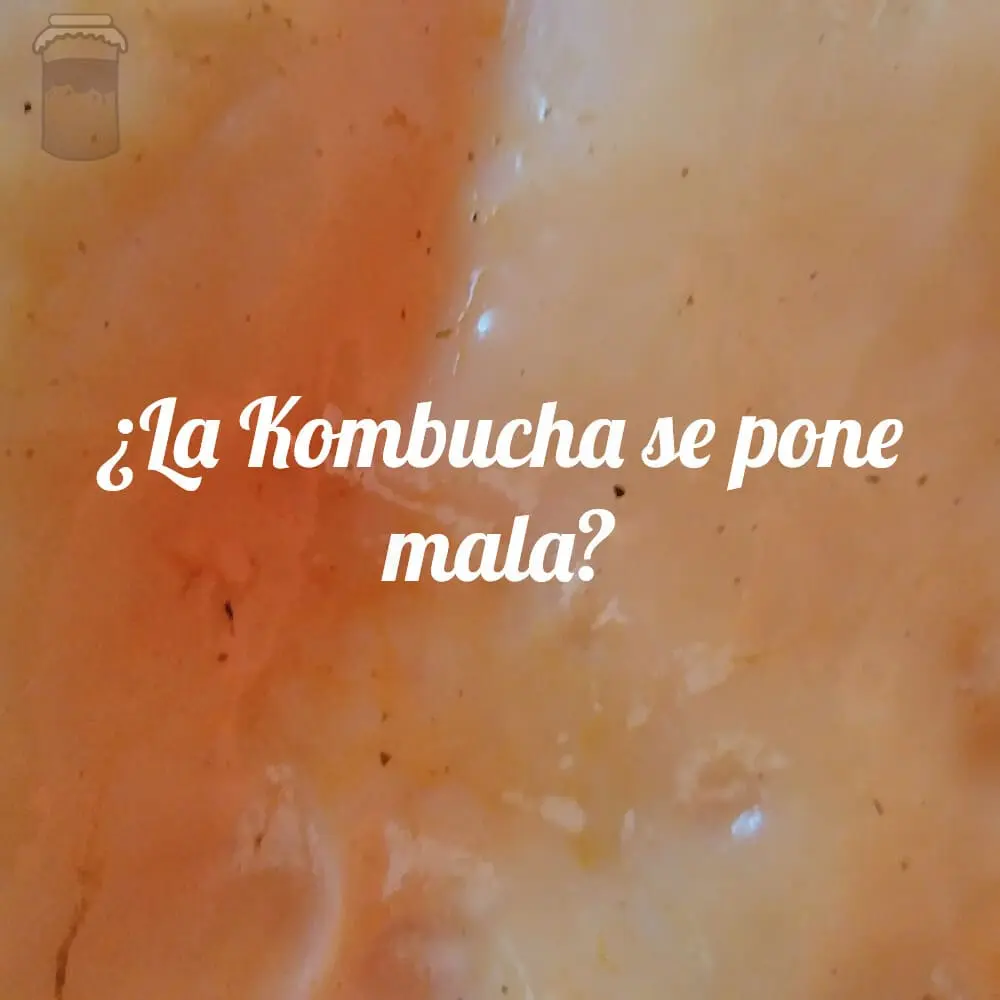Kombucha has a composition that generates different reactions, either by its acidity, texture, flavor, and aroma that make it a unique drink, so any change that moves away this pleasant sensation can generate doubts about what one is drinking.
This is the main aspect that tells us that something is not right if you are aware of the normal or common qualities of your kombucha you will notice the changes that may often be indicative of deterioration and / or microbial contamination.
There are several aspects that you should take into account and verify to rule out that your SCOBY has really been damaged, since on several occasions a change does not necessarily mean that your kombucha is totally lost, so you should be attentive.
Presence of mold and mildew in the drink
If you notice fungus or mold in the SCOBY or floating in the fermentation broth, it means that your drink should no longer be consumed and has to be eliminated. The reason for this is the immense danger to human health generated by a state of intoxication in the body, which can become fatal.
You must thoroughly inspect the fermentation broth and the SCOBY for any abnormalities, mold contamination generates diffuse white or gray growths, may present as stains, or cover the entire surface.
Do not worry if you also notice brown or black streaks, these do not pose any danger since they are generated by the tea infusion used or are simply residues of the tea leaves. [1] [2]
We do not recommend that you try to clean the SCOBY or drink the broth where it is fermented, as there may still be microbes with pathogenic potential such as Aspergillus species that can be found floating on kombucha.
Aspergillus produce highly carcinogenic toxins, so when in doubt about presenting this or any other fungus, it is best to always discard the broth and SCOBY. [3]
Can the appearance of the SCOBY indicate that something is wrong?
Yes, when a SCOBY looks different from normal it can mean that something is not right, although there are cases where it does not happen serious swimming beyond being “hibernating”, in others color changes can be observed to green, white, black, or colorful characteristic of contamination or death of the crop.
This variety of colors and textures (dry) may be due to contamination by other microorganisms (mostly harmful to health) that are observed as spots or covering it completely.
The culture medium in unfavorable conditions and in favor of the growth of these invading agents can kill your SCOBY.
It is from the SCOBY one of the ways that we can make our kombucha drink, if it is not observed healthy with a gelatinous beige color it means that you will have a drink not only of poor quality, also dangerous to health, poorly fermented and quite unpleasant. So having a SCOBY in optimal conditions is a priority to obtain a good kombucha tea. [1]
Keep in mind that if you let ferment for a long time, or do not maintain your SCOBY hotel, the SCOBY will probably change color due to lack of nutrients, but this is not indicative that it is bad, since the acidic environment produced in a good fermentation acts as an antimicrobial agent, which is why kombucha tends to help with yeast fungal infections.
Here are some images that can guide you in this regard.
Pictures of Healthy SCOBY
Images of SCOBY in poor condition
Can the smell and color be indicative that my kombucha got bad?
If we talk about the smell, it depends on what you think as a bad smell for kombucha, since it has a particular smell that can go from fruity, to a sulfur smell or vinegar. All of this can lead to a lot of confusion in consumers who identify these odors as vomit or believe they will directly drink something like vinegar.
These smells are normal in kombucha, but if you perceive a different smell than these directed more towards a rotten one it is possible that your drink is bad.
The coloring of the broth should also be taken into account, which should be pale, soft and bright. If you notice it green or blurry without being able to see through the jar, chances are your kombucha has gone bad. [4]
An unpleasant taste could also be indicative, although it is already quite evident with the appearance or smell present in the drink. If your kombucha smells like sulfur, the drink is likely to taste unpleasant, and as healthy as kombucha may be, there’s no point in drinking it if it doesn’t taste pleasant. [2]
If it is very vinegary, does it mean that it spoiled?
Of course not, this condition has nothing to do with contamination by pathogens much less with that it became rancid, this happens because there is an over-fermentation of kombucha, which led to the maximum decomposition of its components after a long period of storage before consumption.
With this level of acidity there is less chance of being invaded by other microorganisms, thanks to the production of organic acids, but the flavor will be too intense, so if it is not to your liking, you still have other options such as disinfectant or dressing in meals. You can review content about alternative uses of kombucha in the specific post.
If you are willing to consume it, it is best to limit your consumption, you should consume less than what you normally consume per day, since having a high level of acidity could cause lesions in the digestive mucous membranes and accumulate lactic acid in the blood resulting fatal. [5] [6]
What happens if I drink kombucha in bad condition?
As long as kombucha is well refrigerated it has no chance of expiring, but if it only stays a long time without being consumed it will be affected becoming as acidic as vinegar, with a taste difficult to pass unless you like to suck lemons.
As already mentioned, a contaminated kombucha could lead to food poisoning, in addition to infections that cause stomach or general upset. If you prepare kombucha in ceramic containers it becomes toxic and very harmful to health, so it should not be consumed. [4] [5]
Alcohol levels will also increase along with acidity, it is not something that damages your kombucha, but the negative reactions you may have if you are sensitive to alcohol will be quite harmful. By the way, we also touched on this topic in an article about drinking kombucha at work and the alcohol content of kombucha.
If your kombucha has been contaminated with insects it would be best to use it for another use other than human consumption, insects can bring microbes from other places on the legs and on their body surface, so it would not be enough to simply remove them from the drink to make it safe again. In this sense it is important that you read about the relationship between kombucha and mosquitoes. [5]
How can I keep my kombucha from getting bad?
You need to cover it well with a clean napkin or a previously sterilized porous cloth, you can tie it with a string or rubber band. Do this after adding the kombucha starter that way you will avoid contamination by dust, ants and fruit flies that usually land on the edge.
You should not move the kombucha to another room in the early stages of fermentation, as you will hinder the formation of bacterial cellulose, which plays a protective role of the broth according to experts. Be sure to store in a cool or refrigerated place when you are ready. [7]
It must also remain with a low pH that protects the microbial culture, this is achieved with an adequate fermentation time, as well as the temperature conditions that facilitate it (read the guide on the pH of kombucha). Part of what is known as the antimicrobial effect of kombucha comes from here. [8]
I hope I was able to help you determine if kombucha gets bad. In the same way, it is good to have people as informed as possible of the things they eat, and that is why we have these articles that can be quite interesting.

